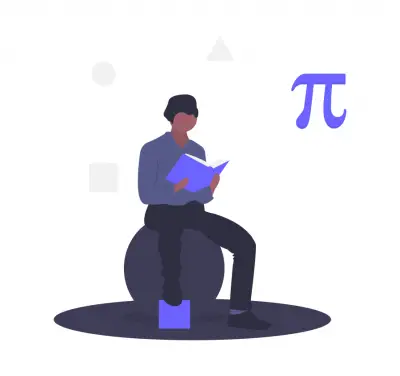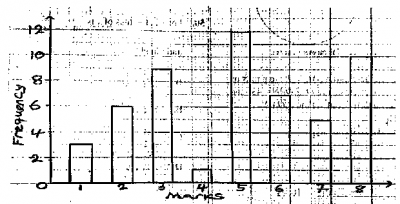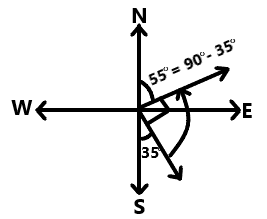(7, 4) and (-3, 9) = (\( y_1 , x_1)(y_2 , x_2)\)
slope\( m_1\) of the points(7, 4) and (-3, 9) = \(\frac{ y_2 - y_1}{ x_2 - x_1}\)
\( m_1 = \frac{ 9 - 4}{ -3 - 7} = \frac{5}{-10} = \frac{-1}{2}\)
\( m_1 = m_2\) ( condition for parallelism)
Since the line L passes through the point (6, -13) and is parallel to the points (7, 4) and (-3, 9)
\(\frac{-1}{2} = \frac{ y - (- 13)}{x - 6}\)
= \(\frac{-1}{2} = \frac{ y + 13}{x - 6}\)
= \(\frac{-1}{2}( x - 6) = y + 13\)
\(\frac{-1}{2}x + 3 = y + 13\)
= \(\frac{-1}{2}x + 3 - 13 = y\)
∴ y = \(\frac{-1}{2}x - 10\)


